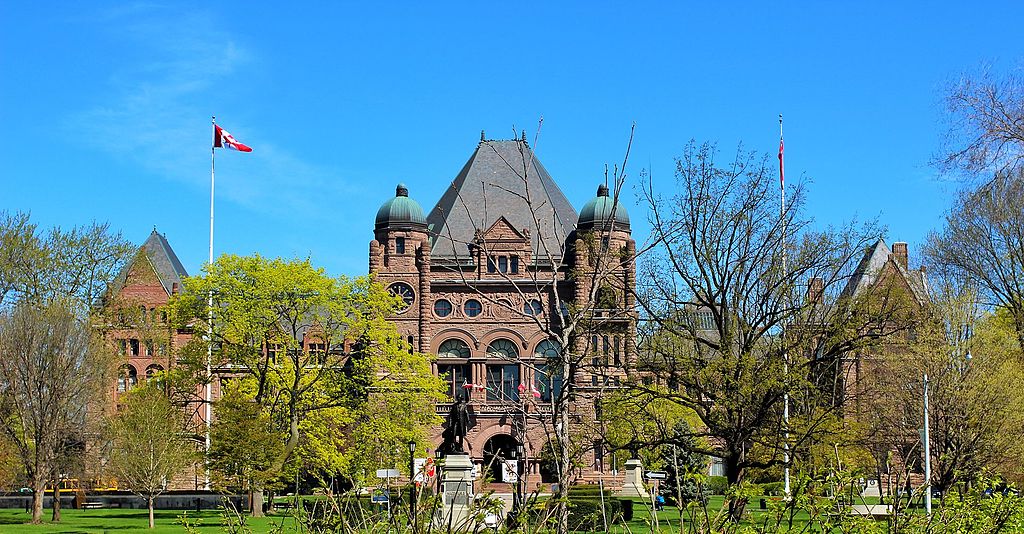Ontario will raise its minimum wage to $17.60 per hour on Oct. 1, up 40 cents from the current rate of $17.20, affecting more than 800,000 workers across the province.
The 2.4 per cent increase is tied to the Ontario Consumer Price Index and marks the seventh consecutive annual adjustment since 2018, according to the provincial government. The change applies to general minimum wage earners as well as specialized rates for students, homeworkers and hunting and fishing guides.
“At a time when many families are feeling the pressure of global economic uncertainty, our government will protect Ontario workers with a minimum wage increase that supports our world-class workforce,” said David Piccini, minister of labour, immigration, training and skills development.
A full-time worker earning minimum wage and working 40 hours per week will see an annual pay increase of more than $800, according to the government.
The retail trade sector employs about 36 per cent of workers at or below $17.60 per hour, while accommodation and food services account for 23 per cent, the government said.
Ontario’s minimum wage has climbed from $14 per hour in 2018 to the new rate of $17.60. The increase places Ontario’s minimum wage as the second highest among Canadian provinces, according to the government.
The annual adjustments are mandated under the Employment Standards Act, 2000, which ties minimum wage increases to the Ontario Consumer Price Index, a measure of inflation based on consumer prices in the province.
The government said it has invested $1.5 billion through the Skills Development Fund Training Stream and Capital Stream since 2021, helping train more than one million workers. An additional $1 billion will be invested over the next three years, bringing total funding to $2.5 billion, according to the 2025 Budget: A Plan to Protect Ontario.





